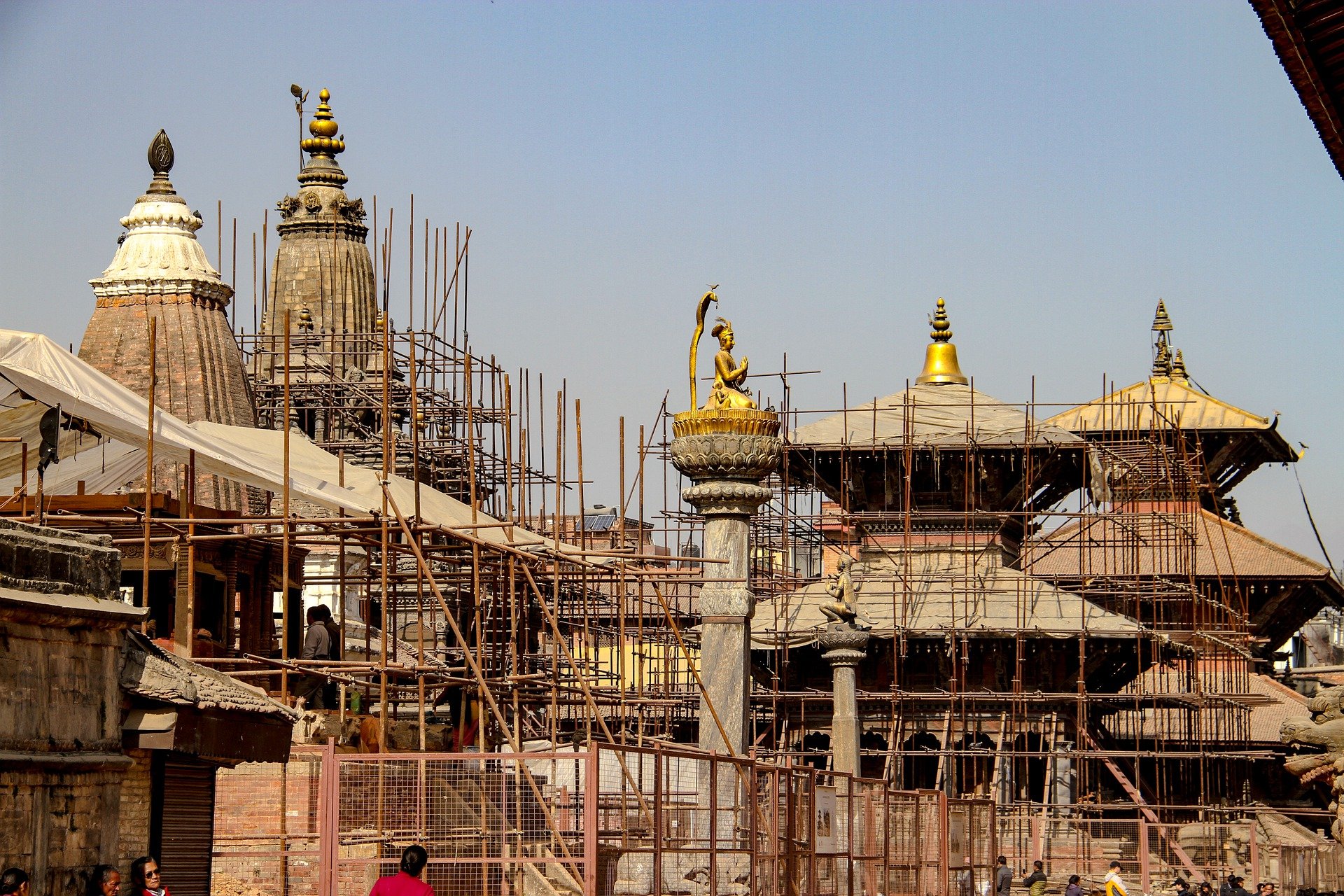
The devastating Earthquake in Nepal occurred on 25 April 2015 11:56 AM Nepal Standard Time was a serious threat to the people of Nepal. It killed many lives and people lost properties worth millions of dollars and thousands of people became homeless. Nearly 9000 peoples were killed by the earthquake and injured 22,000 more which occurred at the mid-afternoon. The earthquake had a magnitude of 7.8 Richter Scale and had epicenter at the east of the Gorkha district and hypocenter was at nearly 8.1 km. The perilous earthquake took the toll on plants, crops, foods, etc. leaving Nepal vulnerable to the food crisis. The number of households reached 800,000 who lost their home and had to stay under the blue sky. However, the earthquake occurred on Saturday which is estimated to be less severe because workers, students, and children were not affected by collapsed buildings.
Origin
According to USGS, the earthquake in Nepal was the result of the movement of Indian plate below the Eurasian plate, in which much of Europe and Asia are situated. Nepal occupies the central sector of the Himalayas arc. This lies towards the southern limit of the collision boundary where Indian plate underthrusts the Eurasian plate and this is the reason why Nepal is vulnerable to quakes. The epicenter was Barpak, Gorkha, the western part of Nepal.
Impact of Earthquake on Nepal
World Heritage sites like Bouddhanath stupa, Changunarayan temple, Patan Durbar Square, Bhaktapur Durbar square and Kathmandu Durbar square situated in Kathmandu Valley were destroyed along with many houses. Dharahara, a recognized architecture of the Kathmandu by UNESCO was collapsed and all the people who had climbed the tower were reported dead. It was an unpleasant moment for all the Nepalese people.
It was not just Kathmandu valley that suffered the impact of the deadly earthquake of Nepal. Many places like Langtang valley, Everest base camp and all parts of Sindhupalchok district took thousands of lives including tourists from India, Bangladesh, China other countries.
Help for Earthquake Victims
Life became very challenging after the massive earthquake especially in the rural areas where even the availability of basic things was hard to obtain. But the challenge did not last long as people and governments from different countries came with help. The help was in form of food, human resource, technical help along with financial help to the government. Since the earthquake had damaged most of the roads, the help was provided via helicopters where reaching via vehicle was impossible.
In addition, NGOs and INGOs also provided health, sanitation and human resources in various places affected by the earthquake. It was not just foreigners, who helped. People from Terai, southern Nepal, also went to places hit by the earthquake with their helping hands.
Aftershock
It was not just destructive earthquake, the continuous aftershocks occurred at the regular intervals of 10-15 minutes. The fear built inside people forced them to remain outside of the house for 3-4 days. They faced the shortage of food and clean drinking water during their stay out of their house. A big aftershock occurred after 17 days of 25 April earthquake (12 may 2015).
This aftershock not only affected Nepal but also northern India. Places like Kolkata, Siliguri, Jalpaiguri, and Assam were affected. The section between Mulghat and Bhedetar were blocked by the landslides which were caused by the aftershock.
Aftermath
The earthquake in Nepal of 2015 shifted Kathmandu, the capital city of Nepal, to 3 meters south. After the dangerous calamities like the earthquake in Nepal, an under-developed country had to face several difficulties. Increase in crimes like human trafficking, over-priced goods, unemployment was among the many problems people of Nepal had to face. It also brought a shortage of foods, medicines, construction equipment, and materials.
